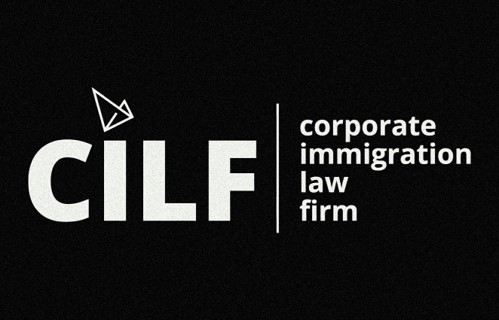IRCC Scraps Job Offer Points for Permanent Residence
As perhaps his last act as Minister of Citizenship and Immigration, on March 11, Marc Miller signed a Ministerial Instruction making good on his earlier promise to eliminate points for job offers with respect to Express Entry, Canada’s system for selecting economic immigrants for permanent residence. Effective March 25, 2025, candidates will no longer receive points for a qualifying offer of arranged employment. This is reflected in section 29(1) of the current Ministerial Instructions respecting the Express Entry system.
What this likely means is that individuals who previously held competitive scores in Express Entry due to their job offers (closed work permits) will no longer have a competitive score. These candidates are usually seasoned professionals or executives in Canada pursuant to closed intra-company transferee or professional category work permits and receive no or few points for their age. They will now find themselves at a distinct disadvantage with those candidates between the ages of 20 to 29 who receive the most points for their age. We expect this may be beneficial to the many international students and graduates in Canada who hold open work permits and previously did not receive the job offer points.
Surprisingly, the government has not announced any further changes regarding Express Entry. We had thought that the government might change the points allocated for certain criteria, such as work experience in Canada to make up for the lost points. While it is to be seen whether future draws will have lower scores, we are expecting more draws that target French speakers and key occupations, particularly in the construction trades. Since 2023 and throughout 2024, the government has made clear its intention of increasing the number of French-speakers outside of Québec, with the last French language Express Entry draw on March 21 having a cut-off score of 379, one of the lowest scores we’ve seen in years! The government has also stated that it intends to take measures to address the skilled trades shortage in Canada, particularly in construction, which you can read about in our previous bulletin here: https://www.cilf.ca/2025/03/20/marchnews/.
People seeking PR may now wish to maximize their chances of securing an invite by submitting an expression of interest for a Provincial or Territorial Nominee Program (“PNP”) if they qualify, for example, with an employer who is willing to support them. However, allocations of permanent resident spots from the federal government to PNPs are down 50%, so this path may not offer a lot of hope either. We believe provinces and territories have inventory from 2024 that will take up some of their 2025 allocations, which may explain why we have not seen invitations from some provinces.
While the government had said that they were introducing this change to ostensibly clamp down on the number of bogus LMIAs, the fact that it affects both LMIA-based and LMIA-exempt offers of employment suggests more. This scrapping of the arranged employment points seems to fit into the government’s overall strategy of reducing the number of temporary residents in Canada. It could be that the government is hoping that many in the Express Entry pool will conclude they do not have a path to permanent residence and decide to leave Canada. In other words, the government kills two birds with one stone. Today’s change will allow them to meet the 20% reduction in permanent residents for the next two years and potentially helping to decrease the number of temporary residents to 5% of the population over the next 3 years (from around 650,000 to about 500,000). These targets were announced last fall in response to public opinion that newcomers were steeling Canadian homes, and the government needed time for infrastructure and new housing to catch up with demand.
We understand that this change may completely change the trajectory of many individuals who were relying on their job offer points to have a good shot at becoming permanent residents. If you have any questions about this change and your or an employee’s PR chances, feel free to reach out to us for a consultation. Our Canadian immigration legal professionals can be reached by phone (416-368-1111) or via email: caruso@cilf.ca; bonisteel@cilf.ca; ali@cilf.ca; mukherjee@cilf.ca; garciafialdini@cilf.ca.

